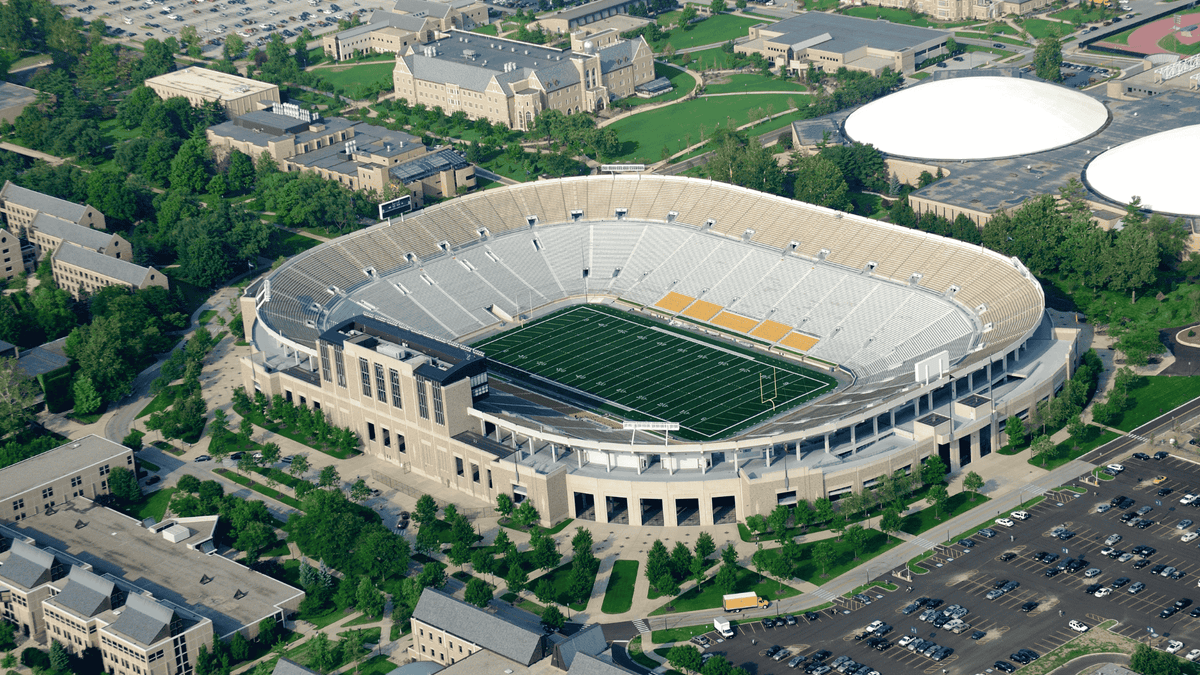5-Star rated gear
Star Ranking

A seismic shift is happening in college sports as the power conferences wrest control from the NCAA and establish their own system to govern athlete compensation. For decades, the NCAA held an iron grip on the rules governing amateurism in college athletics, but after a wave of legal battles and court rulings, the old model is crumbling.
During a two-day summit in Washington, a transition team made up of power conference administrators took steps toward creating a new entity that will manage the evolving professional aspects of college sports. This newly formed LLC will oversee the athlete compensation system under the House settlement, enforce a revenue-sharing cap, and introduce a new penalty structure for violations. Unlike the much-maligned NCAA enforcement process, this new organization aims to investigate and handle infractions swiftly.
The NCAA’s power has been in steady decline, and this marks another significant step in its deregulation. The power conferences—Big Ten, SEC, ACC, and Big 12—are now taking over a role the NCAA once controlled. Among those involved in the transition team are Ohio State’s Ross Bjork, Clemson’s Graham Neff, and Texas A&M’s Trev Alberts. While the NCAA will continue to oversee eligibility and academics, the major conferences are effectively setting the terms for athlete compensation and enforcement.
The new system will feature a three-pronged approach to enforcement: a cap management system, an NIL clearinghouse, and an investigative and infractions unit. The LLC will be led by a CEO or director with a small team responsible for making final decisions on infractions. There will also be a head investigator tasked with ensuring compliance with the revenue-sharing model. A software company, LBi, which manages the NBA’s player contract system, will oversee the cap management component, while Deloitte will run the NIL clearinghouse, assessing the fair market value of athlete deals.
One of the primary goals of this transition is to move athlete compensation away from the murky world of booster-driven NIL deals and place it under a uniform revenue-sharing model. Schools opting into the system will be permitted to pay athletes directly from a shared pool, capped at 22 percent of an average of power conference school revenues. The projected cap for year one is $20.5 million, though some schools and their booster collectives are already strategizing ways to circumvent these restrictions through external NIL deals.
Not everyone is on board with the settlement. The Department of Justice has raised concerns that the revenue-sharing cap may violate antitrust laws, while the Department of Education has warned that it could be in violation of Title IX. Hundreds of athletes have also expressed concerns that the cap and roster limitations could reduce opportunities for student-athletes. Even Grant House, a named plaintiff in the lawsuit that led to the settlement, has criticized aspects of the agreement.
Despite the opposition, NCAA and plaintiff attorneys are confident that the settlement will be approved in April by Judge Claudia Wilken. More than 50,000 athletes have already filed claims for a portion of the $2.77 billion in back pay allocated through the settlement, while fewer than 500 have opted out.
One of the most contentious aspects of the new system is the NIL clearinghouse, which will assess whether athlete deals meet fair market value. The Collective Association, a group representing more than 40 booster-led collectives, has already voiced opposition to this provision, questioning the legality of regulating the value of NIL contracts. Some school officials are also lobbying for congressional intervention, hoping lawmakers will pass legislation codifying the settlement and protecting them from future legal challenges.
As this new framework is put into place, early complications are already emerging. A Wisconsin defensive back recently transferred to Miami despite signing a revenue-share contract with Wisconsin that was contingent on the settlement’s approval. The school and the Big Ten have indicated that they plan to pursue legal avenues, signaling what could be the first of many disputes over revenue-sharing contracts.
College sports are now entering uncharted territory. The power conferences are assuming greater control, but this transition comes with uncertainty. Who will be appointed as CEO of this new governing body? How will enforcement be handled in a way that ensures fairness while avoiding the NCAA’s past mistakes? And will federal lawmakers ultimately intervene? These questions remain unanswered, but what is clear is that the landscape of college athletics is undergoing its most dramatic transformation in history.
Leave a comment